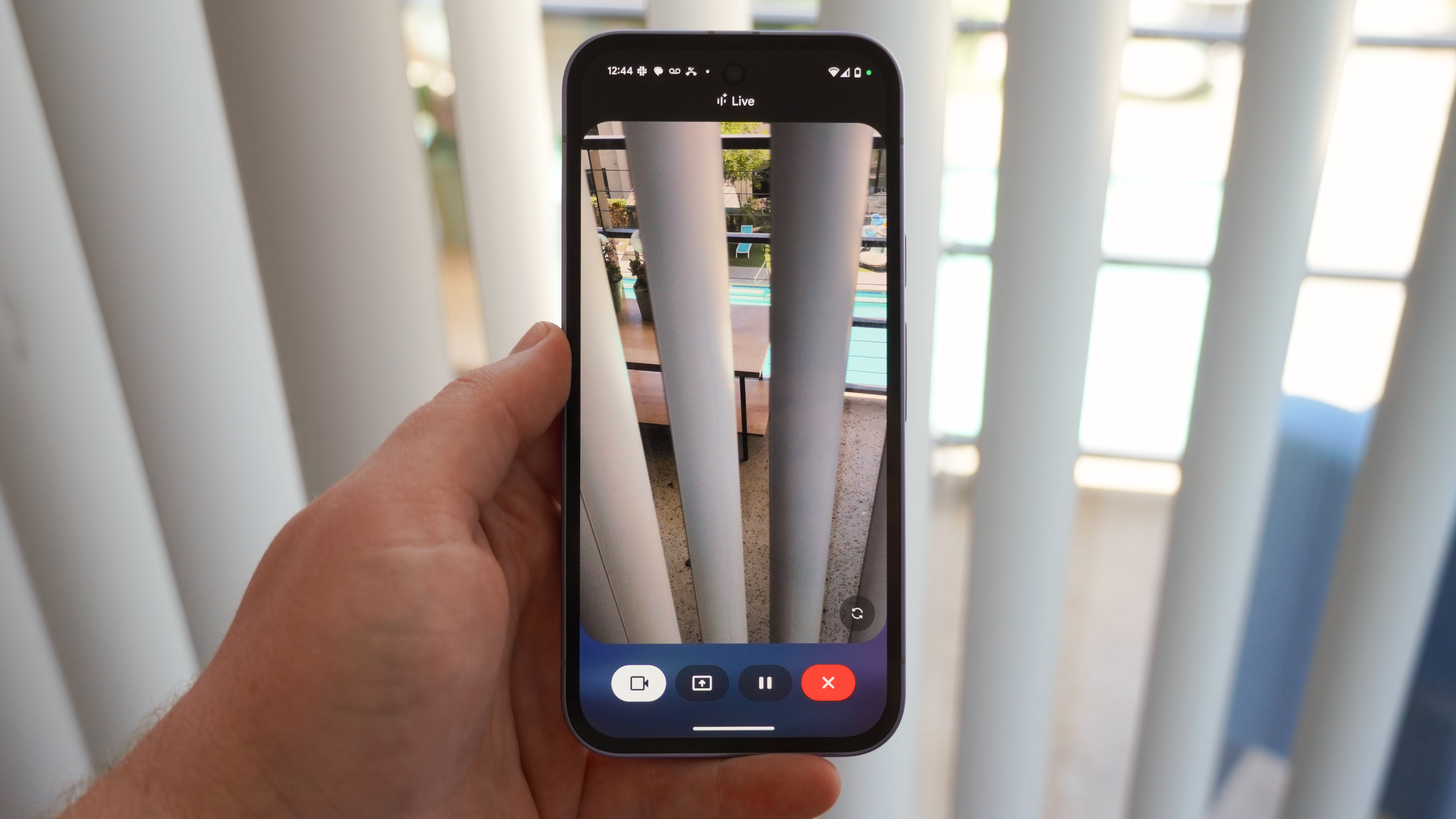Here's why I'm excited for a MediaTek-powered Galaxy S22 FE
MediaTek is doing all the right things lately, and Samsung is taking notice.
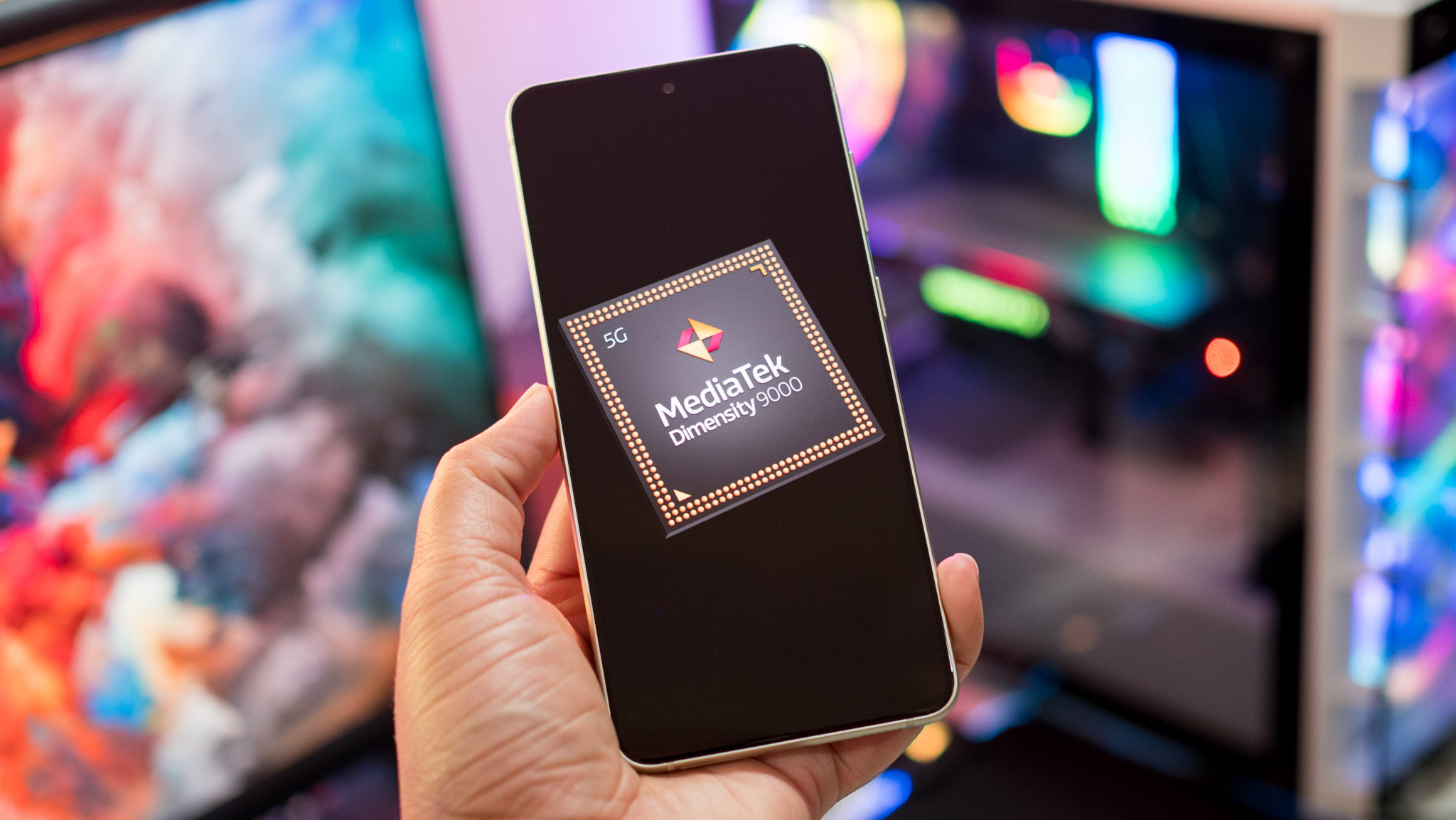
If you want a value flagship with all the extras but without an inflated price tag, the Galaxy S21 FE is the best choice in 2022. The phone is now selling for under $600, and it gives you high-end hardware on par with the Galaxy S21 series, great cameras, a fabulous 120Hz AMOLED screen, a large battery with fast charging, water resistance, and wireless charging.
In short, the Galaxy S21 FE is Samsung's way of delivering a phone that has all the features you want while undercutting traditional flagships by a few hundred dollars. It's no wonder that the phone is selling extremely well around the world, and we're now starting to hear the first details emerge of what Samsung has in the works for the latter half of 2022: the Galaxy S22 FE.
If a leak coming out of Korea is any indication, the Galaxy S22 FE will differ from its predecessors in a big way. The phone is said to be powered by a MediaTek chipset in Asian markets, with Samsung choosing the Taiwanese manufacturer instead of Exynos. An internal source at MediaTek confirmed to me that Samsung is using the Dimensity platform for an upcoming high-end phone.
It's all coming up MediaTek
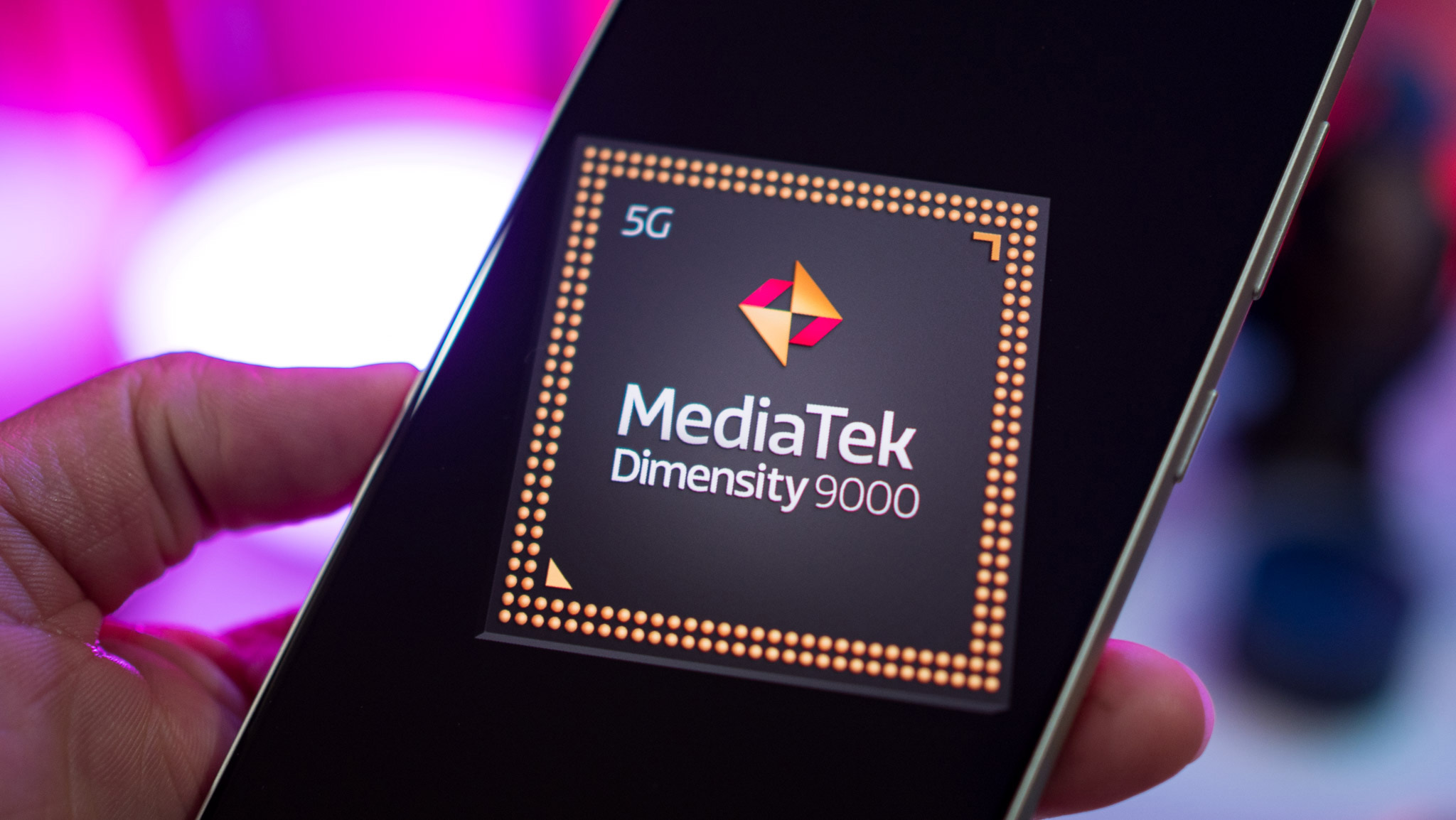
This is a huge deal not just for the S22 FE but also for MediaTek. Samsung already uses MediaTek chipsets in a few entry-level and mid-range phones that are limited to Asian markets, but the fact that it is doing so with a high-profile phone like the S22 FE underscores the shift in thinking at Samsung HQ and just how far MediaTek has come over the last two years.
MediaTek turned its business around over the last two years, and is a viable alternative to Qualcomm in the high-end category. Of course Samsung is interested.
As I outlined a few months ago, MediaTek has seen heady gains largely due to the Dimensity series, which offers chipsets on par with the best that Qualcomm has to offer — all the while undercutting it on price.
MediaTek has an outright lead in terms of performance-to-price figures, and that allowed the brand to gain several design wins with the Dimensity 1200, which ended up in the likes of the OnePlus Nord 2, Reno 7 Pro, Xiaomi 11T, Vivo V23 Pro, and other mid-range phones last year.
For 2022, the Dimensity 9000 is turning out to be a formidable contender to the Snapdragon 8 Gen 1, and while we haven't seen the chipset debut outside China, that will be changing in the coming months.
Be an expert in 5 minutes
Get the latest news from Android Central, your trusted companion in the world of Android
Exynos woes continue in 2022
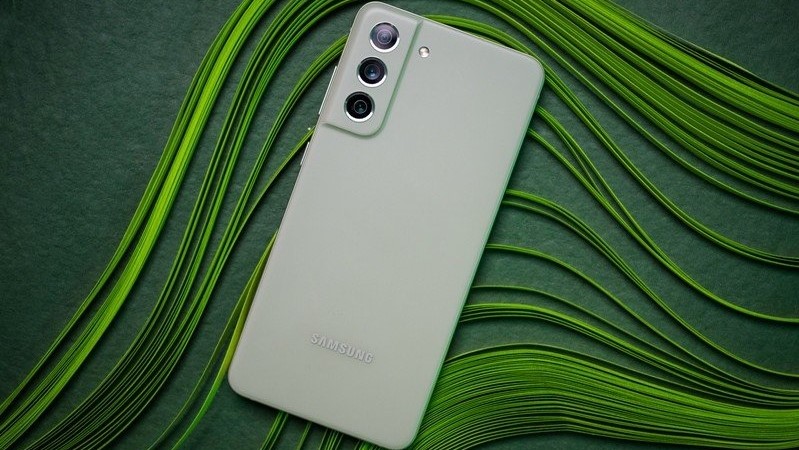
At the same time, Samsung LSI — the foundry that makes Exynos chipsets — has suffered several setbacks. The division abandoned efforts with its custom Mongoose cores on the back of severe overheating issues, instead falling back to off-the-shelf Arm cores. While that made a difference with the Exynos 2100 last year, it still wasn't able to deliver the same caliber of performance as the Snapdragon 888.
This is likely the primary consideration as to why Samsung is going with an external manufacturer over its in-house Exynos chipset. On that note, a quick refresher of how Samsung's sourcing strategy works.
Samsung Electronics (which makes the S22) licenses Exynos chipsets that are manufactured by Samsung LSI — an entirely different business unit — and the partnership is similar to how it licenses chipsets from Qualcomm and other vendors. Samsung LSI doesn't know what phones Samsung is working on, and vice versa.
Exynos chipsets just haven't measured up to their Qualcomm counterparts in recent years.
Samsung Electronics used Samsung LSI's Exynos designs in the last decade because they were roughly on par with what Qualcomm offered, but that hasn't been the case for some time now.
Recent Exynos chipsets have constantly run into overheating issues. In the clearest indicator yet, Samsung opted to use Qualcomm's chipsets with the Galaxy S22 series in markets like India and UAE, regions where it has predominantly featured Exynos-powered flagships in the past.
According to Sravan Kundojjala, director at Strategy Analytics's Handset Component Technology unit, Samsung LSI's troubles in recent years are the reason why Samsung Electronics is switching things up. "With Qualcomm almost monopolizing the S22 lineup with around 75% share and with Exynos underperforming, it is a possibility that Samsung would consider MediaTek in the premium tier," says Kundojjala.
There's precedence for such a move. Samsung dabbled with Texas Instruments and NVIDIA designs over a decade ago, and MediaTek's ability to deliver better performance at a lower price means it is the ideal choice as an alternative to Qualcomm.
That said, there's room for growth for MediaTek, notes Kundojjala. "MediaTek still has work to do in terms of custom architectures, but they can get there with time. Unlike Qualcomm, MediaTek lacks an RF front-end platform, which prevents it from capturing more dollars per design win."
The lack of an RF front-end and mmWave 5G means that even if Samsung went with MediaTek, it would be limited to global markets excluding North America, similar to what it does with Exynos chipsets now. Qualcomm is the outright leader in that region largely due to its 5G modem dominance, and that isn't changing anytime soon.
What to look for in a MediaTek-powered Galaxy S22 FE
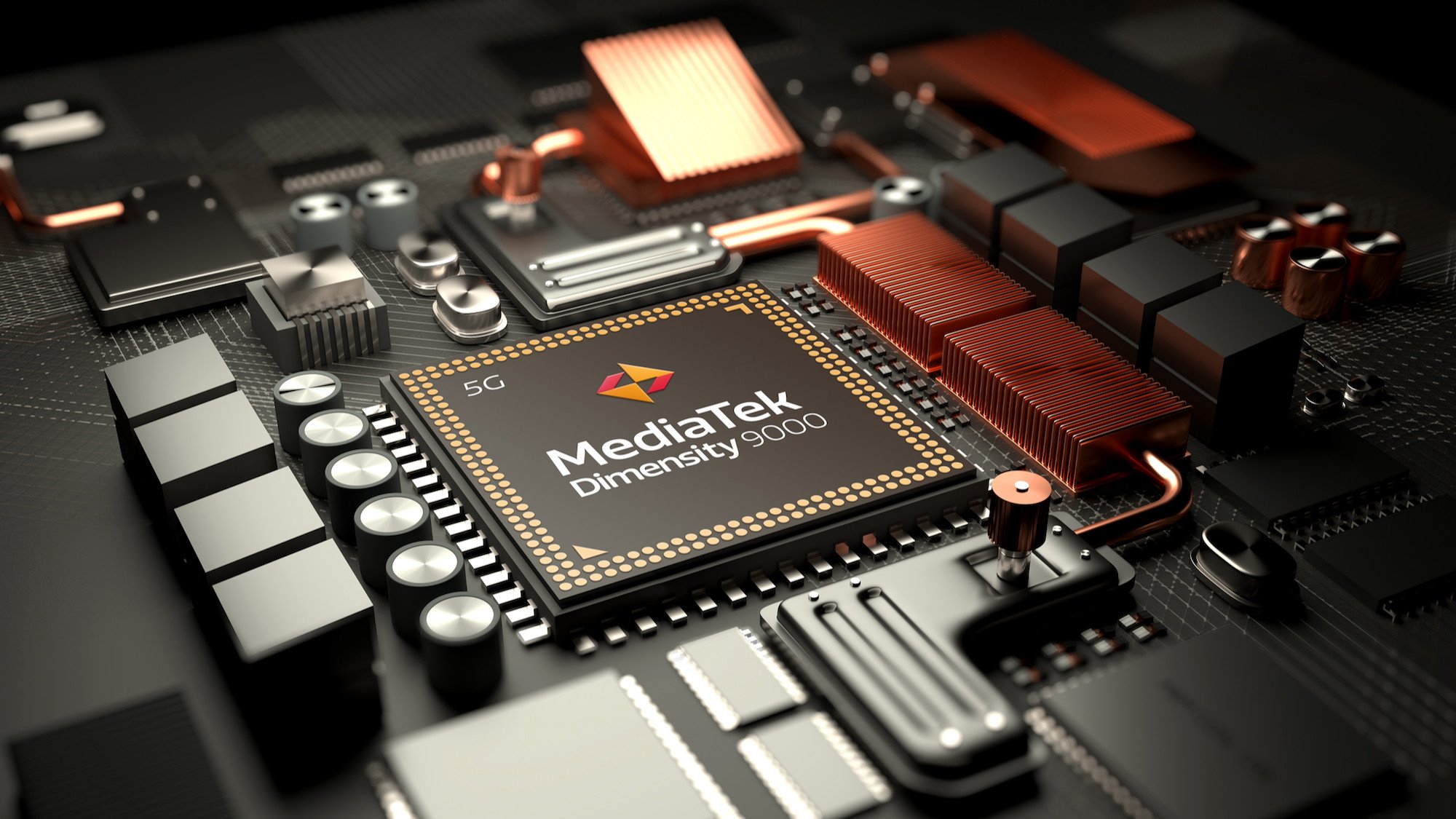
Having used Exynos-powered Samsung flagships for the better part of a decade, I'm excited to see what a MediaTek collaboration would bring to the table.
I tested several devices featuring the Dimensity 1200 last year, and they're just as performant as Qualcomm's offerings. There are no issues with throttling or overheating, the CPU cores are just as fast as their Qualcomm counterparts, and although the GPU isn't as good as what you get on Qualcomm — Adreno still rules this category — it comes close.
In a nutshell, using a MediaTek-powered chipset would alleviate all of the overheating issues that plagued Exynos in the last two years.
But what most potential buyers would appreciate is that there are no inherent drawbacks with MediaTek's designs, and that should come as welcome news.
As for what the Galaxy S22 FE would run, the most likely candidate is the 4nm Dimensity 9000. It is positioned against the Snapdragon 8 Gen 1, and comes with the same core cluster: one Cortex X2 core at 3.0GHz, three A710 cores at 2.85GHz, and four A510 cores at 1.80GHz.
On the GPU side of things, there's a Mali-G710 with ten cores. There's an overclocked version of the Dimensity 9000 where the X2 core goes up to 3.20GHz, and this version of the chipset will end up in the Galaxy S22 FE. The S21 FE is already one of the best Android phones of 2022, and the S22 FE with MediaTek hardware would solidify Samsung's position in this category.
So, where does this leave Exynos? It's unlikely that Samsung Electronics would ditch Exynos chipsets altogether, but it's clear that Samsung LSI needs to overhaul its strategy. One way it could do that is by tailoring chipsets for Galaxy devices — as alluded by Samsung Electronics President TM Roh.
As I said earlier, Samsung LSI doesn't work directly in conjunction with the mobile unit, but that may change in the coming years. A custom chipset designed in partnership with Samsung Electronics might just give Exynos a much-needed boost, but such an undertaking requires several years of effort.
In the meantime, it'll be very interesting to see how Samsung's collaboration with MediaTek turns out.

Harish Jonnalagadda is Android Central's Senior Editor overseeing mobile coverage. In his current role, he leads the site's coverage of Chinese phone brands, networking products, and AV gear. He has been testing phones for over a decade, and has extensive experience in mobile hardware and the global semiconductor industry. Contact him on Twitter at @chunkynerd.
